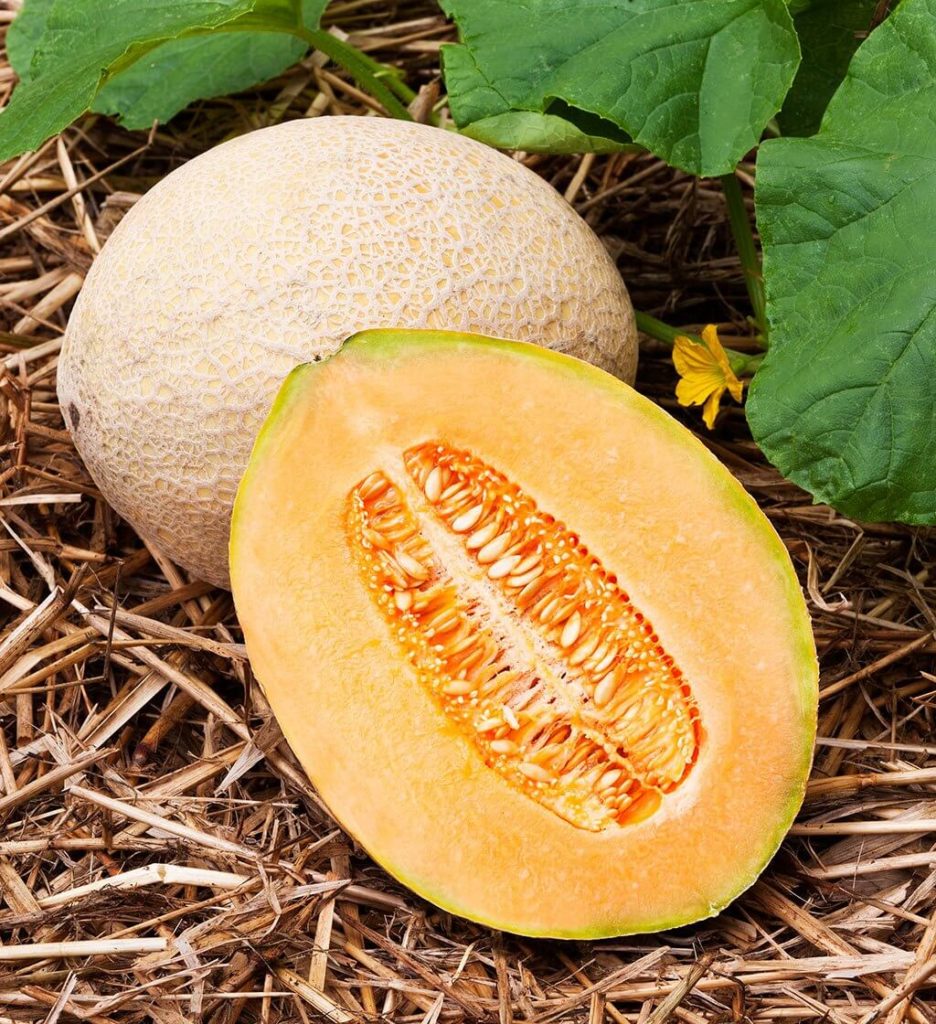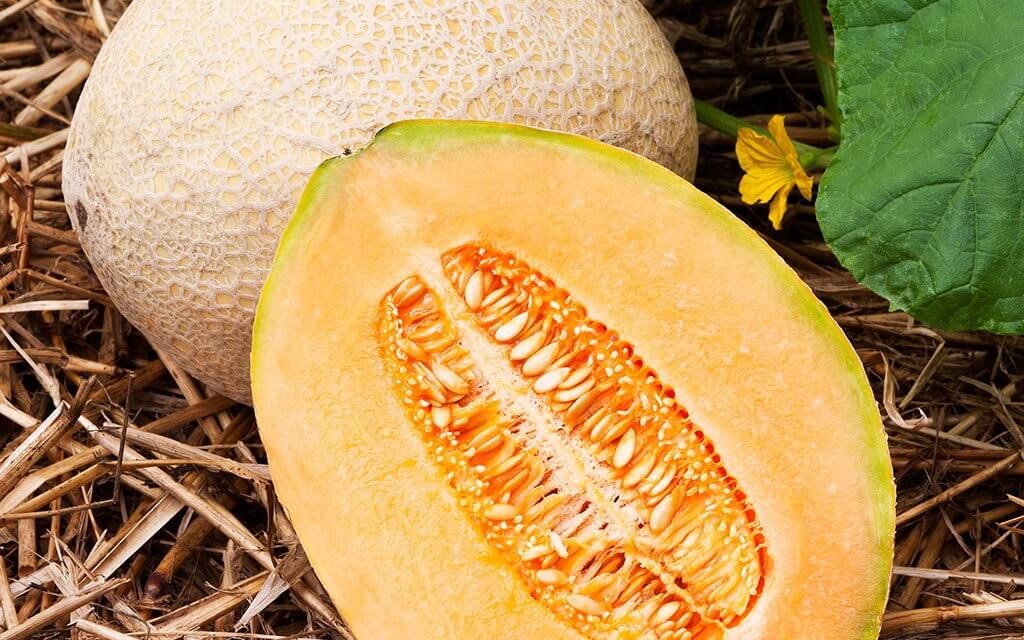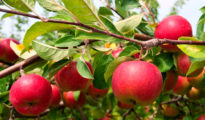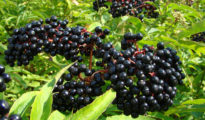Melons are a delicious and refreshing fruit that many people enjoy. From watermelon to honeydew, there are many different types of melons to choose from. Growing melons is not only fun and rewarding but also relatively easy if you know what you're doing. In this ultimate guide, we will provide you with tips and tricks for growing melons, from choosing the right variety to harvesting the sweetest fruit.

Choosing the Right Variety:
There are many different types of melons to choose from, and it's important to select the right variety based on your growing conditions and preferences. Some popular types of melons include watermelon, cantaloupe, honeydew, and muskmelon. Here are some things to consider when choosing the right melon variety for your garden:
- Climate: Different melon varieties thrive in different climates. For example, watermelons do best in hot, sunny climates, while muskmelons prefer cooler temperatures. Check the seed packet or ask a local nursery for advice on which varieties are best suited to your region.
- Space: Some melon varieties, like watermelons, require a lot of space to grow. If you have limited garden space, consider growing smaller varieties like cantaloupes or honeydews.
- Flavor: Different melon varieties have different flavors. Some, like watermelon, are very sweet, while others, like muskmelon, have a more complex, nutty flavor. Consider your personal preferences when choosing a melon variety.
- Disease Resistance: Some melon varieties are more resistant to diseases than others. If you've had problems with melon diseases in the past, look for varieties that are known for their disease resistance.
Planting Melons:
Once you've chosen the right melon variety, it's time to start planting. Here are some tips for planting melons:
- Timing: Melons are warm-season crops that should be planted after the last frost date in your area. In most regions, this will be in late spring or early summer.
- Soil: Melons prefer well-drained, fertile soil. Before planting, amend your soil with compost or other organic matter to improve its fertility.
- Spacing: Melons need plenty of room to grow. Plant them at least three feet apart in rows that are six feet apart.
- Watering: Melons need regular watering, especially when they are first planted. Water deeply once or twice a week, depending on the weather and soil conditions.
- Fertilizing: Melons are heavy feeders and benefit from regular fertilization. Apply a balanced fertilizer every two to three weeks throughout the growing season.
- Sunlight: Melons need plenty of sunlight to ripen properly. Plant them in a spot that gets at least six hours of direct sunlight per day.
- Trellising: Some melon varieties, like watermelons, can be trellised to save space and improve airflow. Use a sturdy trellis or support system to keep the fruit off the ground.
Caring for Melons:
Once your melons are planted, it's important to care for them properly to ensure a good harvest. Here are some tips for caring for melons:
- Mulching: Melons benefit from mulching, which helps conserve moisture, suppress weeds, and regulate soil temperature. Use a layer of organic mulch like straw or shredded leaves.
- Pruning: Melons can be pruned to improve airflow and prevent disease. Remove any leaves or branches that are touching the ground or growing too close to other plants.
- Pest Control: Melons are vulnerable to a variety of pests, including aphids, squash bugs, and cucumber beetles. Use organic pest control methods like neem oil or insecticidal soap to control these pests, or consider companion planting with plants that repel pests, such as marigolds.
- Disease Control: Melons are also susceptible to diseases like powdery mildew and downy mildew. Practice good sanitation, such as removing infected plant material promptly, and consider using disease-resistant varieties.
- Pollination: Melons require pollination to produce fruit. Bees and other pollinators are attracted to the bright flowers of melon plants, so avoid using pesticides that may harm these important insects.
Harvesting Melons:
One of the most satisfying parts of growing melons is harvesting the fruit. Here are some tips for harvesting melons:
- Timing: Melons are ready to harvest when they are fully ripe. Look for signs like a dull or matte finish on the skin, a hollow sound when tapped, and a sweet fragrance near the stem.
- Harvesting: Use a sharp knife or pruners to cut the melon from the vine. Be careful not to damage the stem or fruit, as this can lead to spoilage.
- Storage: Melons should be stored at room temperature until they are fully ripe, then refrigerated to slow spoilage. Cut melons should be wrapped and stored in the refrigerator for up to five days.
Growing melons can be a fun and rewarding experience, and with the right tips and tricks, you can enjoy a sweet harvest of delicious fruit. Remember to choose the right variety for your climate and preferences, plant them in fertile soil with plenty of space and sunlight, and care for them properly with regular watering, fertilizing, and pest and disease control. When it's time to harvest, look for signs of ripeness and use care when cutting the fruit from the vine. With these tips in mind, you can grow your own melons and enjoy the sweet taste of success.




















i planted seeds out side water mellon pumkins and cantalope
may 15 and early june when will i get fruit
pa